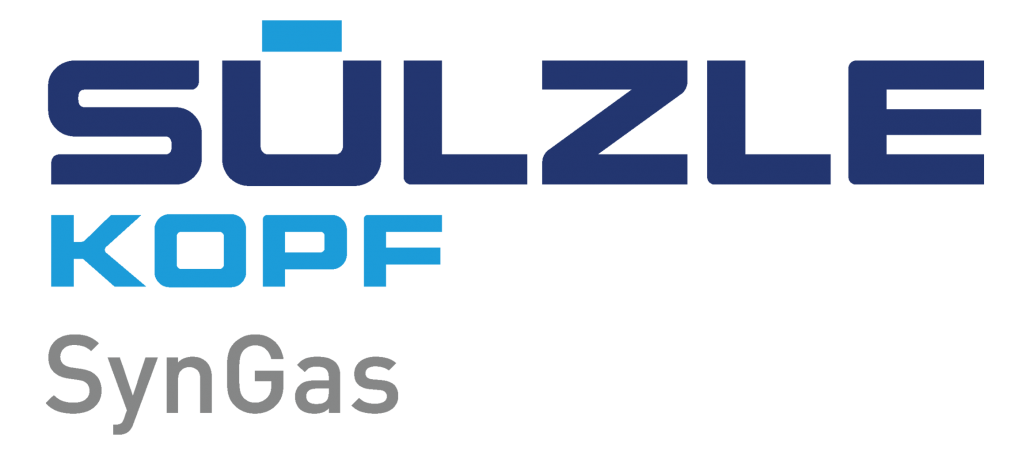Sewage sludge replaces fossil fuels
SynGas fuel gas module contributes to the decarbonization of industry
15.10.2021
The energy transition is one of the central challenges of our time. The drastic reduction of CO2 emissions is one of the most important goals of our industry and the energy sector, as these account for the major share of energy-related greenhouse gas emissions (70 %). To achieve these goals, fossil fuels are already being replaced by alternative fuels in combustion processes. For example, particularly energy-intensive production processes such as lime or cement production, but also coal-fired power plants and waste incineration plants, are using the option of burning dried sewage sludge. In 2019, 44% of Germany’s total sewage sludge volume was already recycled in this way. From 2029, however, the co-incineration of sewage sludge in Germany will no longer be possible as before. The amendment to the Sewage Sludge Ordinance stipulates that the phosphorus contained in sewage sludge must be recovered in order to return it to the nutrient cycle. In co-incineration, however, the recovery of phosphorus has not been possible up to now because the sewage sludge is mixed with other substances during firing or, as in cement production, is even completely incorporated into the product. For phosphorus to be recovered in the future, it is therefore necessary to separate the material flows in the incineration process. This is where the fuel gas module from SÜLZLE KOPF SynGas comes in. By integrating this module into the existing infrastructure, the acceptance and utilization of sewage sludge can continue to be guaranteed. A combustible synthesis gas is generated from sewage sludge in a fluidized bed reactor, which can be used flexibly as a substitute fuel in various firing processes. The phosphorus is separated together with the ash produced in the process and can be fed for further utilization.
Advantages of the fuel gas module in the SÜLZLE KOPF SynGas process:
– Future safeguarding of the sustainable energy source sewage sludge
– Securing existing partnerships for existing recycling routes
– Utilization of existing infrastructures



